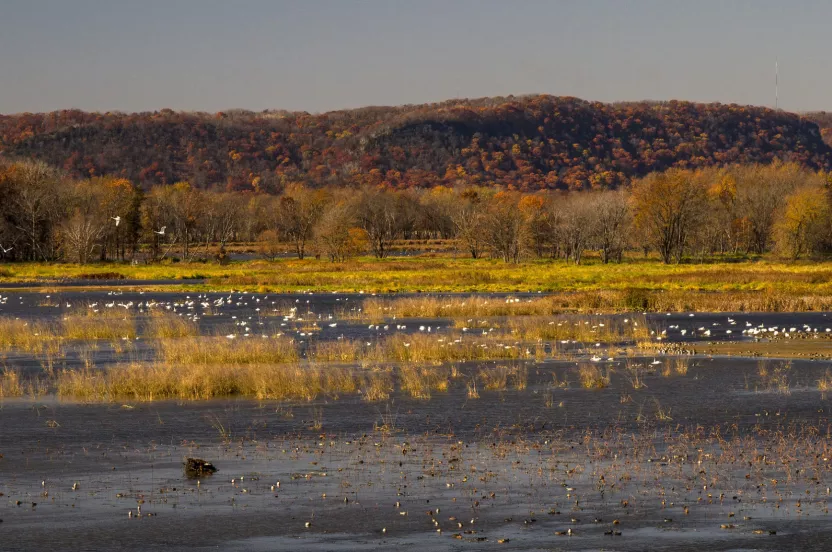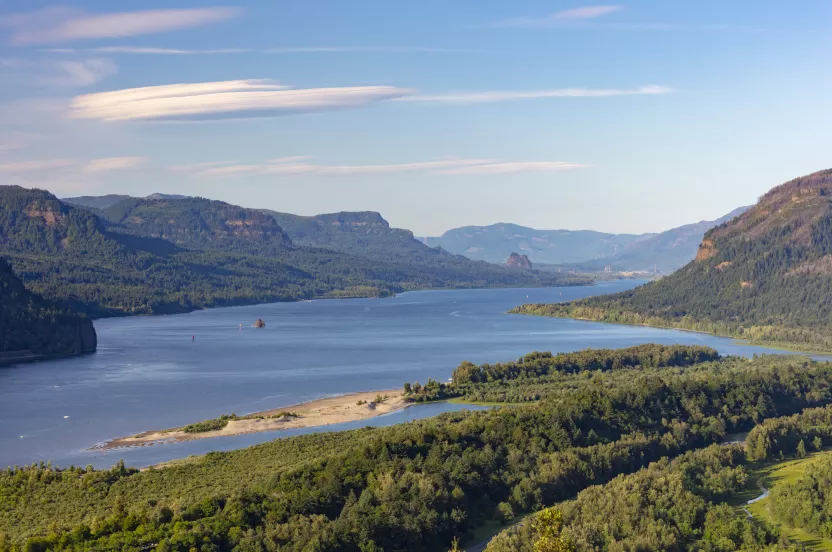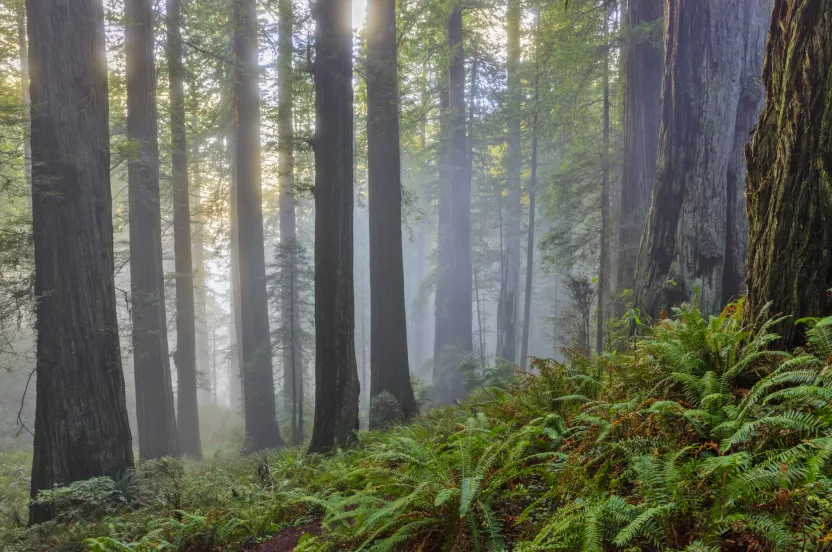Spread joy with holiday gifts that give back to the planet. SHOP GIFTS
From Ashes to Action: Restoring Forests After Wildfire
Restoration work today shapes the forests we’ll depend on tomorrow
October 6, 2025
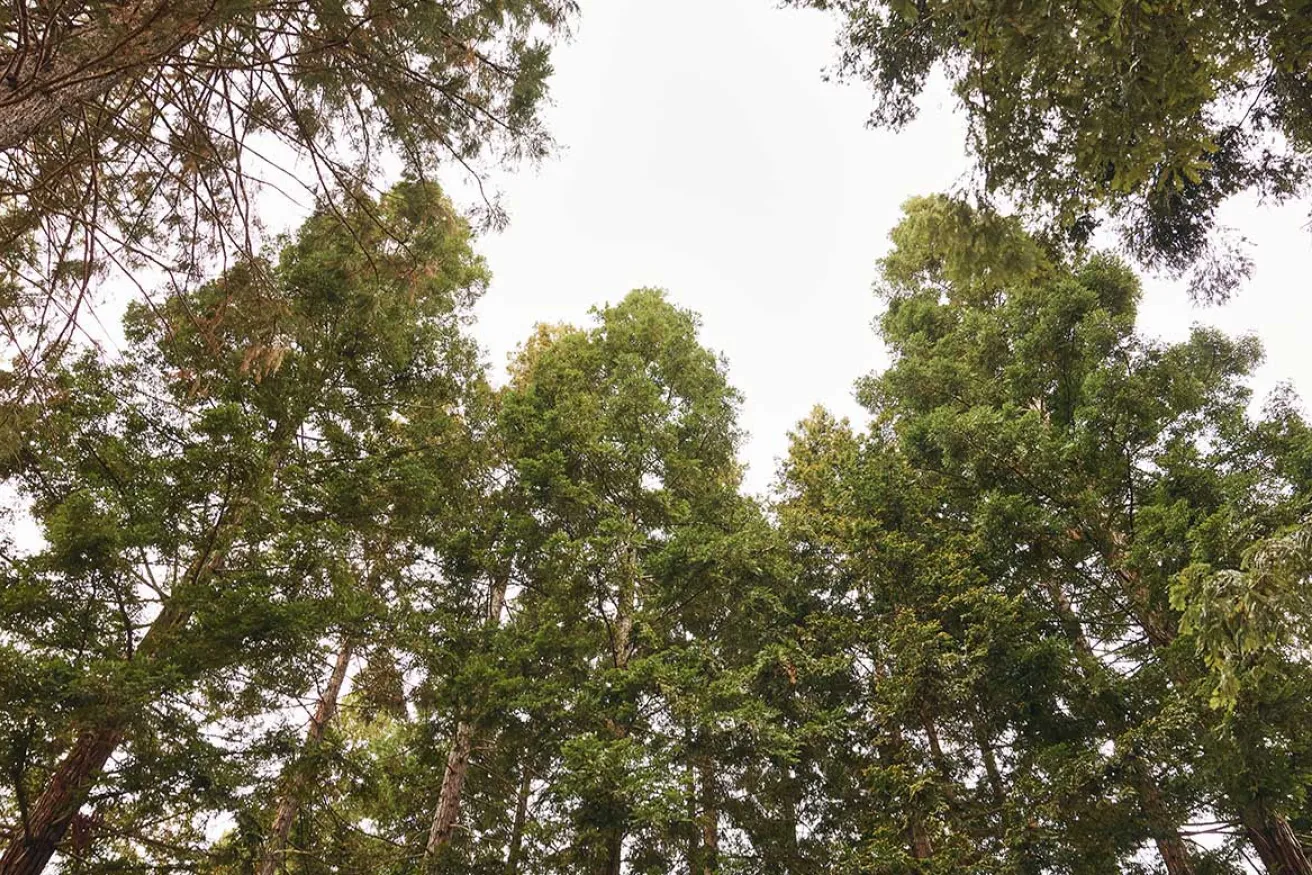
Wildfires can erase forests in hours — but rebuilding them takes years of science, planning, and partnership.
The Arbor Day Foundation works with trusted local partners to restore fire-damaged landscapes across high-risk areas like the American Pacific West, where replanting is more urgent and complex than ever.
When it’s done with intention, the results are remarkable — like more than two million trees planted in the wake of California’s historic Camp and Carr fires. These restorations happen because of the Foundation’s network of reforestation experts, on-the-ground partners, and our members, whose support fuels the long-term recovery of wildfire-impacted communities and the forests they depend on.
Your Support Makes Recovery Possible – But It Starts Long before the First Tree is Planted
Tree planting is actually one of the final steps in a long recovery process. It begins with site assessments and planning — determining which species will thrive, how the landscape has changed, and how to give young seedlings the best shot at survival. From removing invasive brush to testing soil, everything must be timed precisely and, in many regions, there’s only a short seasonal window to safely plant.

THE SCIENCE IS CLEAR: TREES MAKE US HEALTHIER
Seed collection is another critical early and critical step. Most conifers drop their cones in late summer, leaving just weeks to harvest viable seeds before they’re lost. Once harvested, those seeds head to nurseries, where they grow for 12 to 18 months before they’re ready to plant. But with fires growing more intense and widespread, nursery capacity has become one of the biggest barriers to recovery.
High-intensity fires don’t just burn trees — they destroy soil seed banks, threaten genetic diversity, and leave behind sterile ground with nothing left to grow. In these moonscapes, reforestation is the only way back.
Still, there’s hope. “It’s humbling to see the devastation,” said Nik Larum, general manager of Cal Forest Nursery, “but incredible to know you’re part of helping these forests return.”
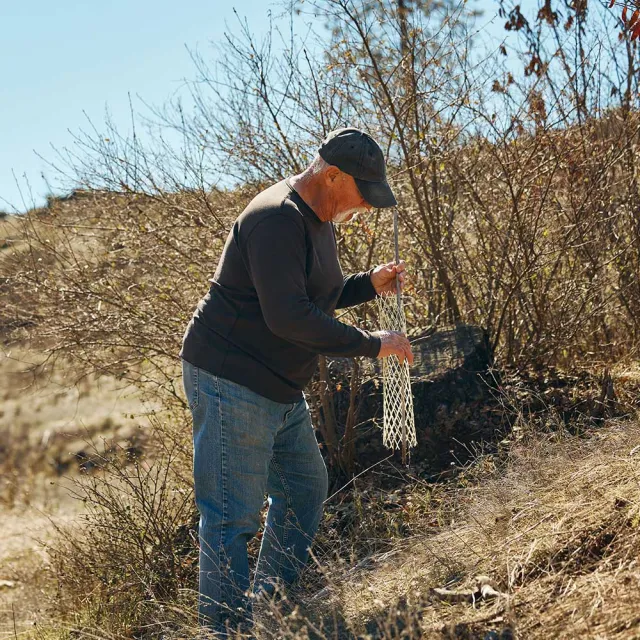
In the wake of wildfire, trees truly are more than a solution — they are a symbol of resilience. “Trees play a huge part in giving people hope and community resilience after a wildfire,” said Taylor Nilsson, executive director at the Butte County Fire Safe Council in California. “When we think about replanting, we always encourage people to nurture and love the trees they’re replanting — not just for today, but for that 50- or 100-year tree they may not live to see. That tree is for the next generation. And it’s being planted with wildfire resilience in mind.”
Reforestation after wildfire isn’t fast or simple, but it’s essential. With decades of experience and a global network of partners, the Arbor Day Foundation is committed to doing this work the right way: strategically, collaboratively, and with future generations in mind.
Learn more about what it takes to bring fire-damaged forests back to life at arborday.org/perspectives/long-road-wildfire-recovery.

